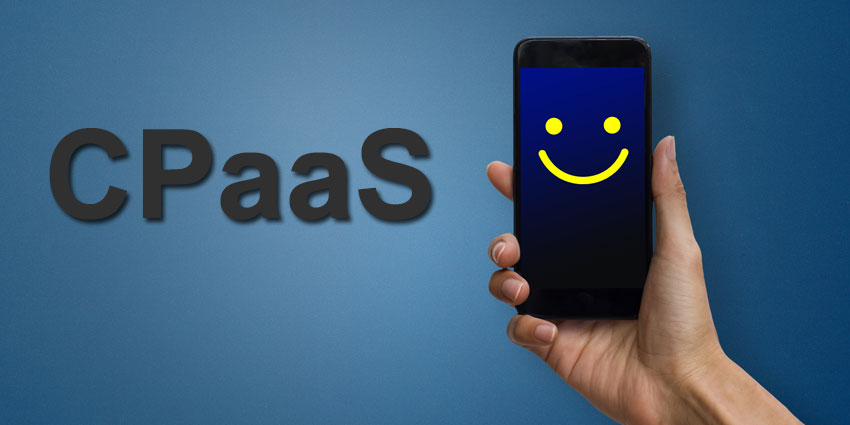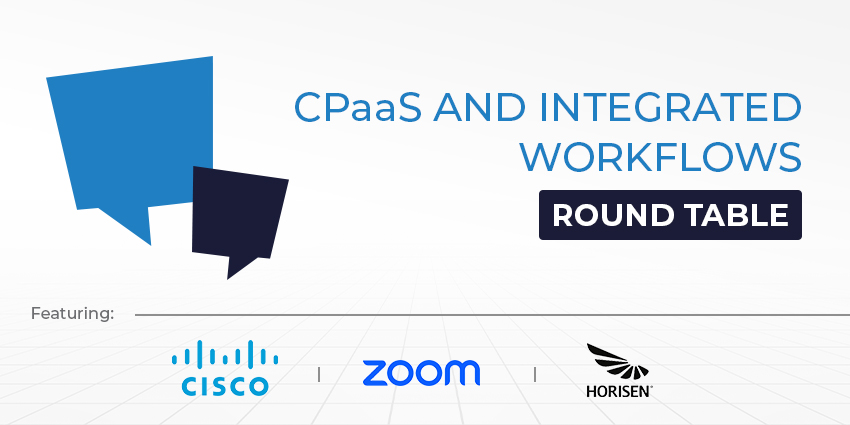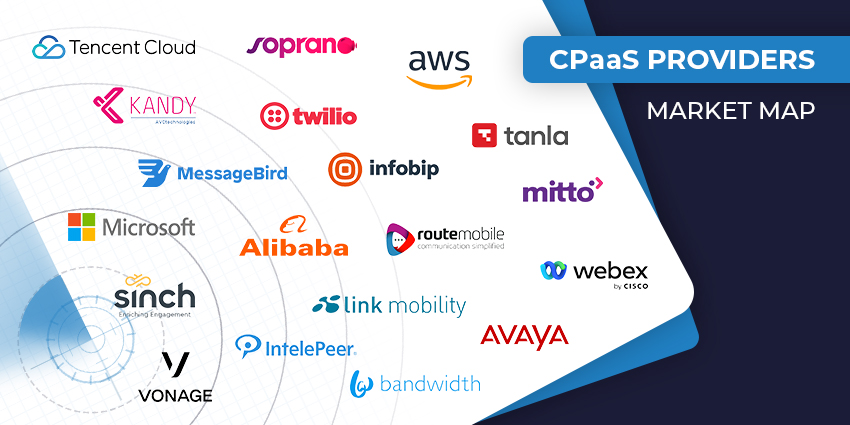In an omni-channel world, Communications Platforms as a Service (CPaaS) is instrumental for reaching customers on the channel of their choice, particularly for top-of-the-funnel awareness. Even later down the funnel, CPaaS services like biometric security, video authentication, and digital payments could revolutionise how you interact with your customer base and adapt to new digital behaviours.
For this reason, demand for CPaaS is steadily growing. IDC predicts that CPaaS will be worth over $17 billion by 2024. What does this mean for your customer experience? How do you reposition your CX and customer engagement strategies to gain from the latest CPaaS technologies?
To answer these questions, let us turn to the popular 2019 Ovum/Omdia (as of 2020, Ovum became part of Omdia) report on the role of CPaaS in the experience economy – ‘The Critical Role of CPaaS in Reaching Customers on their Channels of Choice’.
The Rise of Omni-channel and the Distance to be Covered
When Ovum released this report, less than 10% of enterprises had an established presence across multiple channels. The presence of silos held back CX in significant ways. Between 2017 and 2018, progress in this direction was “glacial” at best – seeing a pace of just 4%.
Ovum found that more than 64% of companies were just at the early stages of building a multichannel presence. This something that organisations cannot afford in a post-COVID, post-accelerated-digital-transformation environment. Customers have come to expect flexibility and rapid response from their product and service providers, and that isn’t going to change even when we (presumably) return to a high-touch economy.
What is the root cause behind the sluggish pace of omni-channel adoption, despite clear customer need?
Despite a handful of retailers like Amazon and others, most companies lack the organisational coherence and integration to cut across silos when communicating with the customer. Marketing, sales, inbound, and outbound operate in silos, which is entirely unlike the typical customer journey, stretching across different platforms and channels before making a purchase decision.
Ovum suggests that this could be addressed by reimagining the organisation’s communication capabilities. First, one must redefine the product/service organisation as a “system of value creation” and not a disjointed collection of departments. Second, there has to be a well-thought-out framework for last-mile communication, reaching the customer no matter the location, device, or state of connectivity.
It is exactly this need that Communications Platforms as a Service or CPaaS tries to address.
The Principles Behind Adopting New Channels and the Role of CPaaS
Organisations should remember four principles when delivering customer experiences across multiple platforms. These principles intersect persistent relevance with trust, creating meaningful (value-adding) relationships that last a lifetime.
- Recognising the customer
The first principle – i.e., recognition – builds maximum relevance, while trust is still low. Ovum suggests that this also includes identifying the customer persona, which is essential to personalising any communication. By recognising the customer, you gain insights into their channel preferences and can execute a smarter CPaaS strategy.
Recognising and respecting channel preferences is likely to encourage a sense of “delight,” as the organisation demonstrates that they truly value the customer. By integrating customer data platforms (CDP), CRMs, and CPaaS, it is possible to pinpoint the ideal channel for expressing recognition and gradually developing a long-term relationship that would soon extend to different platforms.
- Protecting the customer
This principle fosters further trust as organisations interact with the customer across channels and slowly acquire a body of data. Protecting the customer also means being clear about data rights, data usage policies, permissions, and privacy, beyond the bare minimum compliance needs. Given that 81% of consumers would stop engaging with a company after a data breach, protecting and securing your interactions across channels is essential to superior CX.
CPaaS solutions ship with robust security capabilities to prevent common threats like DDoS attacks, spam communication, and phishing. Most CPaaS tools today use multi-factor authentication to verify customer identity, thereby adding another layer of protection.
Organisations can convert CPaaS’ security measures into a competitive advantage by demonstrating to customers exactly how it helps to serve them better.
- Orchestrating the CX
CX orchestration helps to build persistent relevance across multiple channels, reaching customers at various points of their journey. The typical customer experience is spread across a variety of devices, platforms, and network locations with frequent interruptions and shifts – rarely following a linear path. CPaaS equips organisations with the flexibility to adapt.
You can route the communication to their preferred channels, and if you are unable to reach them at the first instance, messages can be redirected to the next-best-option. CPaaS technologies make these decisions intelligently, scaling to meet high-volumes and utilising real-time behavioural data that the customer generates.
A connected framework across CPaaS, CRM, CDP, and CEP is needed to cut through the “legacy mess” of siloed organisations to reach the right customer at the right time.
- Adapting continuously
CPaaS adds to existing feedback mechanisms for collecting the voice of the customer, intervening at strategic moments of the customer experience. An event-based on business rules could trigger a post-interaction feedback survey, reaching the customer (after checking for permission), exactly at the moment when they are most likely to respond. CPaaS also helps to overcome complexities around multiple carriers in a location and frequent network changes.
The Evolution of CPaaS and Tighter Integrations with Customer Engagement Platforms (CEPs)
CPaaS is a game-changer for multi-channel and omni-channel CX as it streamlines connectivity via a single messaging API and an intelligent decisioning engine, as Ovum mentions.
CPaaS also brings pre-built connectivity with the world’s network providers – e.g., 1000+ mobile network operators partner with SAP Digital Interconnect. The next step in the evolution of CPaaS will be rich communication services (RCS) which is still at initial stages as of 2021. Ovum predicts exponential growth in RCF between 2021 and 2023, crossing 100 billion messages by the end of the forecast period.
To gain from these advancements and deliver the best possible CX, organisations must tightly couple CPaaS with CEP, where the CEP performs the “heavy-lifting” like orchestrating content, generating recommendation, etc., and CPaaS brings scalable, expansive, and streamlined connectivity options that extend till the very last mile.
Microsoft’s recent launch of its own CPaaS services indicates the critical role this technology will play in the days to come and why organisations are eager to adopt. As customers become increasingly more digitally savvy, organisations must keep up and comply with changing demands.







